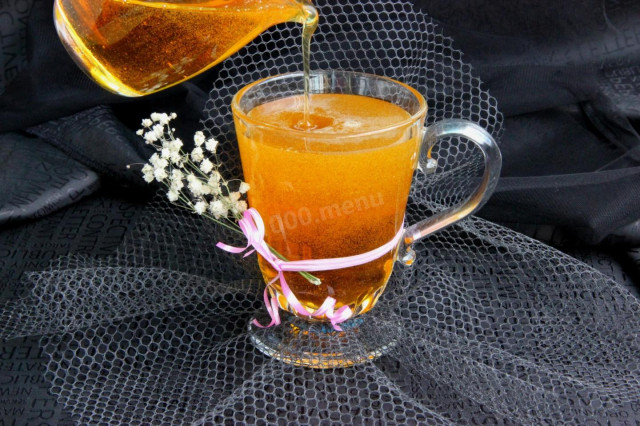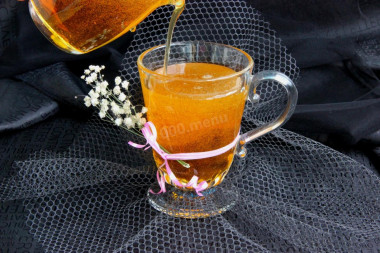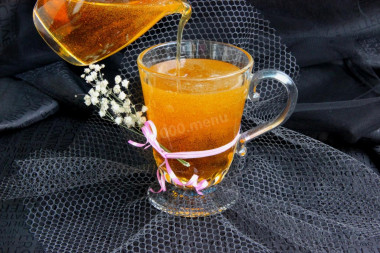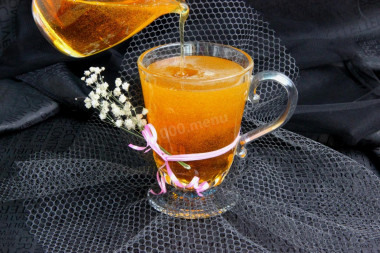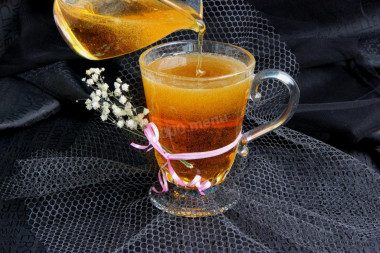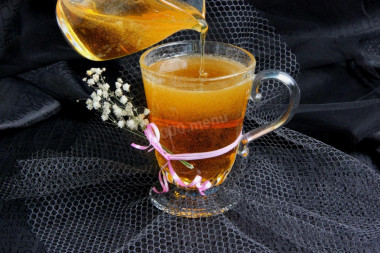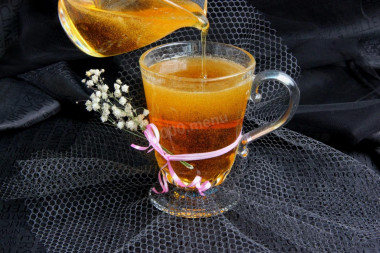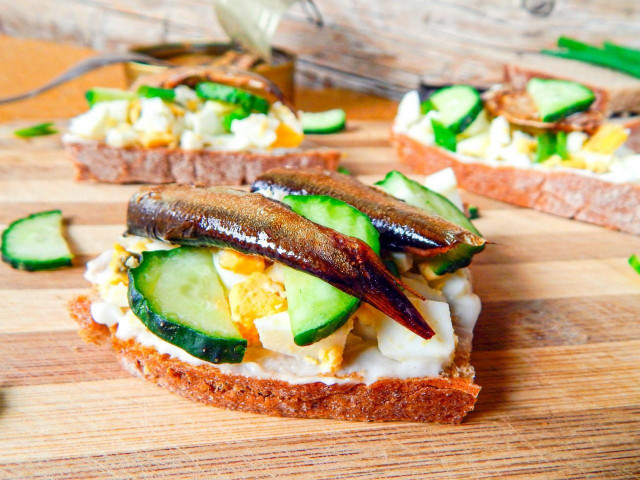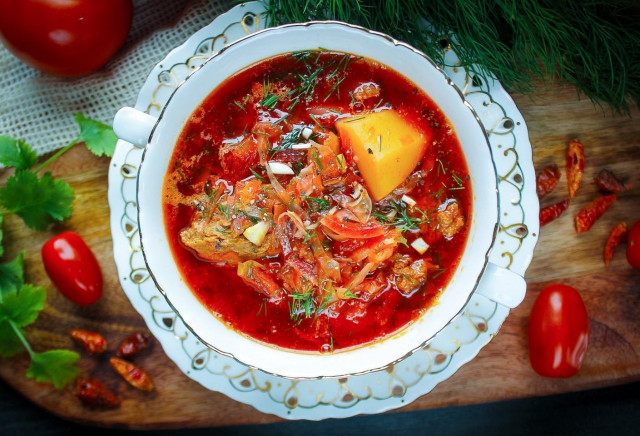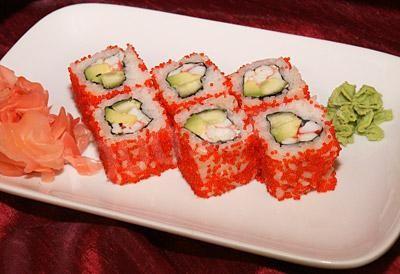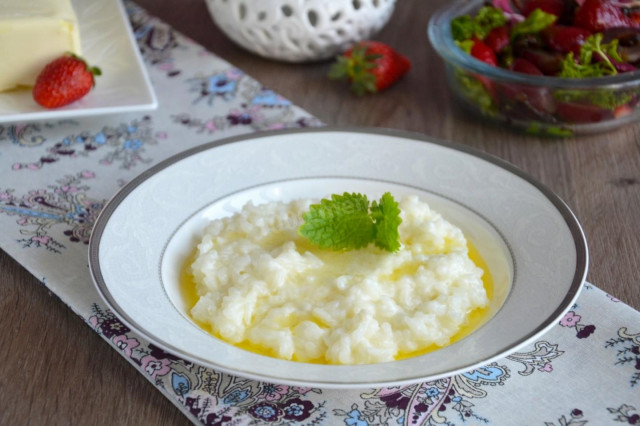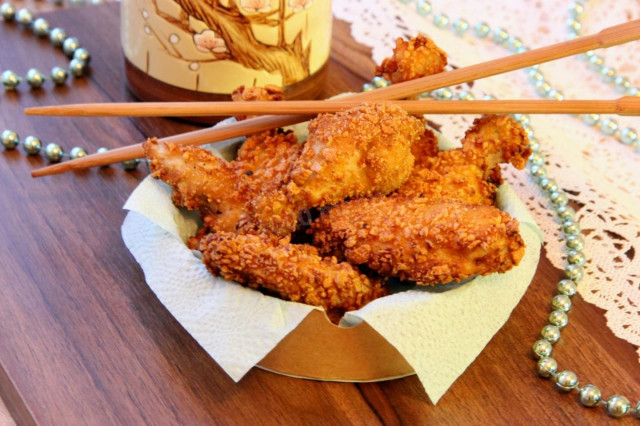Composition / ingredients
Step-by-step cooking
Step 1:
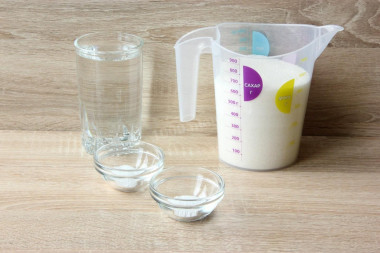
Prepare the products. It is better to take filtered or thawed water. Or just let it settle.
Step 2:
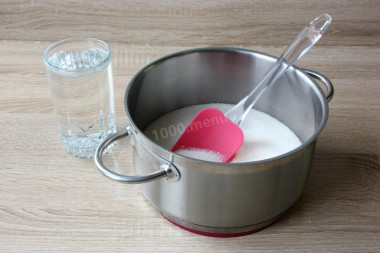
Pour sugar into a saucepan with a thick bottom. Warm up the water, pour 10 ml, it will be needed later.
Step 3:
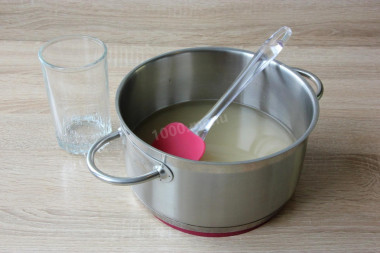
Pour almost hot water over the sugar and mix well so that the sugar dissolves as much as possible.
Step 4:
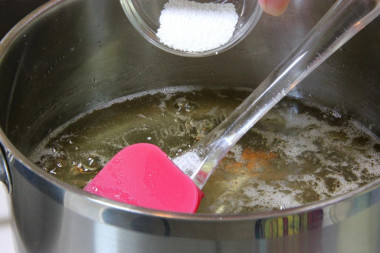
Put the pan on low heat, stir until the sugar is completely dissolved. Bring to a boil and pour citric acid into the syrup, mix well until smooth.
Step 5:
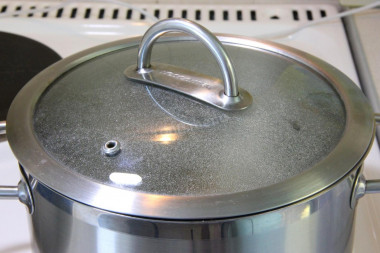
Cover with a lid and cook on low heat for 25-30 minutes without stirring.
Step 6:
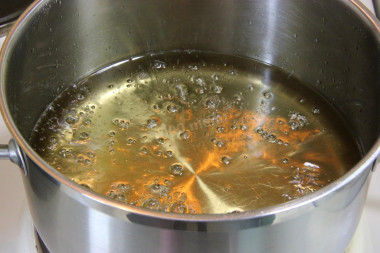
Under the lid, the syrup will gently gurgle, the color will become light amber.
Step 7:
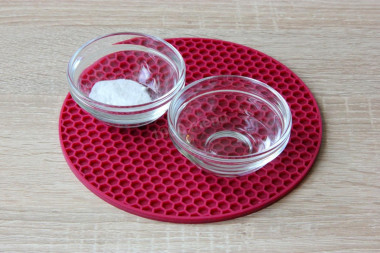
Add 10 ml of water to the soda, which was left and mix so that all the lumps disperse.
Step 8:
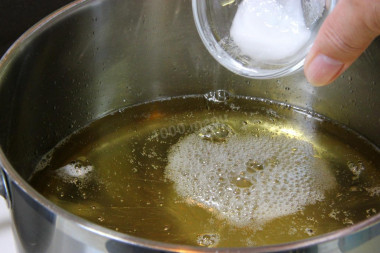
Pour the soda solution into the syrup, spoon the syrup into the bowl, scooping out all the soda. Immediately there will be a violent reaction.
Step 9:
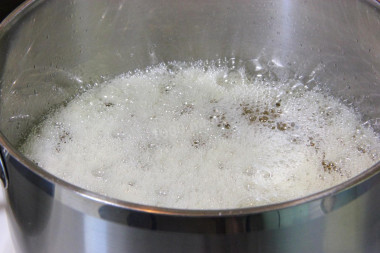
The mass will foam and increase in volume, forming many bubbles. Leave for 15 minutes on low heat, stirring occasionally.
Step 10:
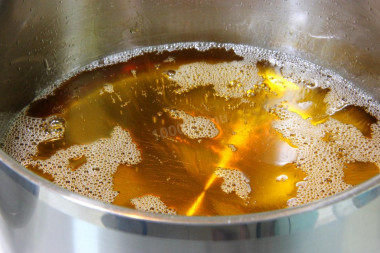
Wait until the mass calms down and the bubbles pass.
Step 11:
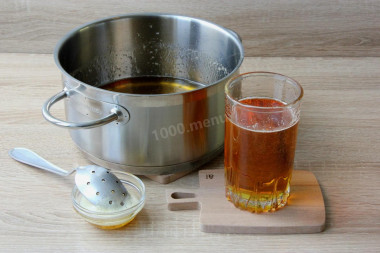
Remove the pan from the stove, let cool, remove the foam and pour into glass jars.
Step 12:
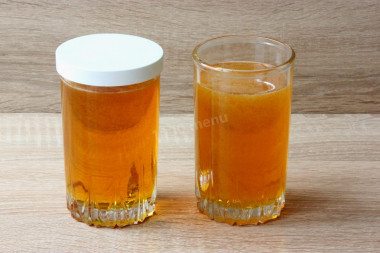
The finished syrup has a rich amber color, viscous as honey. Close the jars with the cooled syrup and store in the refrigerator. If necessary, you can use it immediately. From this amount of products, about 700 ml of high-quality glucose syrup is obtained.
Glucose syrup is widely used in cooking:
* Glazes. Thanks to glucose syrup, it hardens well, preserving its shine and smoothness.
* Caramel. The finished product turns out to be flexible, with a rich taste.
* Marshmallows and marshmallows. Here, the syrup maintains an airy consistency and increases the shelf life of the dessert without losing aesthetic and taste characteristics.
* Ice cream, parfait, sorbet and other frozen desserts. Glucose syrup prevents the formation of large ice crystals, provides greater stability - the dish melts more slowly even at temperatures above 0.
The operating temperature of glucose syrup starts from 50' - it is when it becomes more fluid and malleable.
The performance characteristics of homemade syrup practically do not differ from the factory version.
Caloric content of the products possible in the composition of the dish
- Granulated sugar - 398 kcal/100g
- Sugar - 398 kcal/100g
- Citric acid - 0 kcal/100g
- Water - 0 kcal/100g
- Baking soda - 0 kcal/100g

